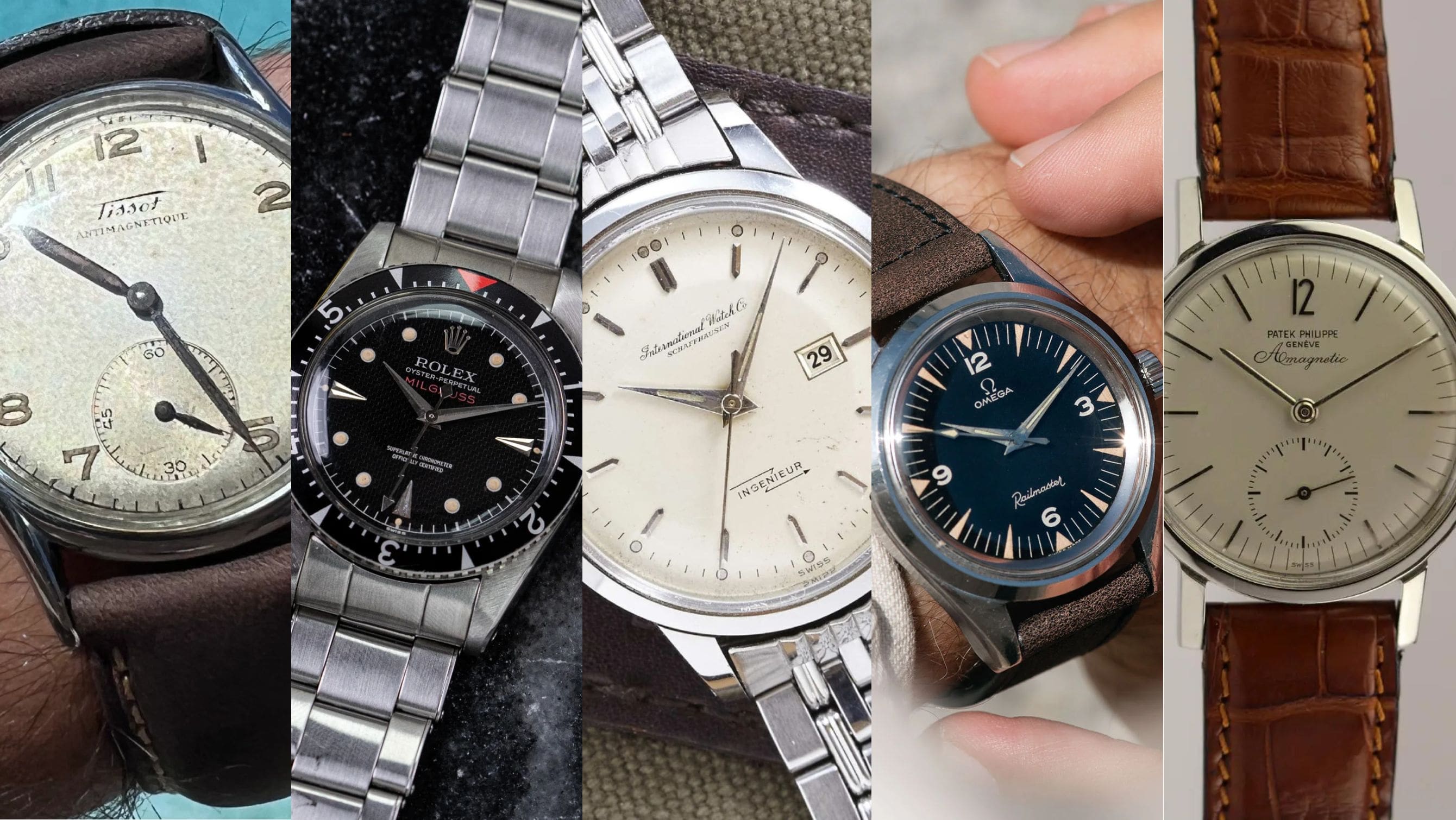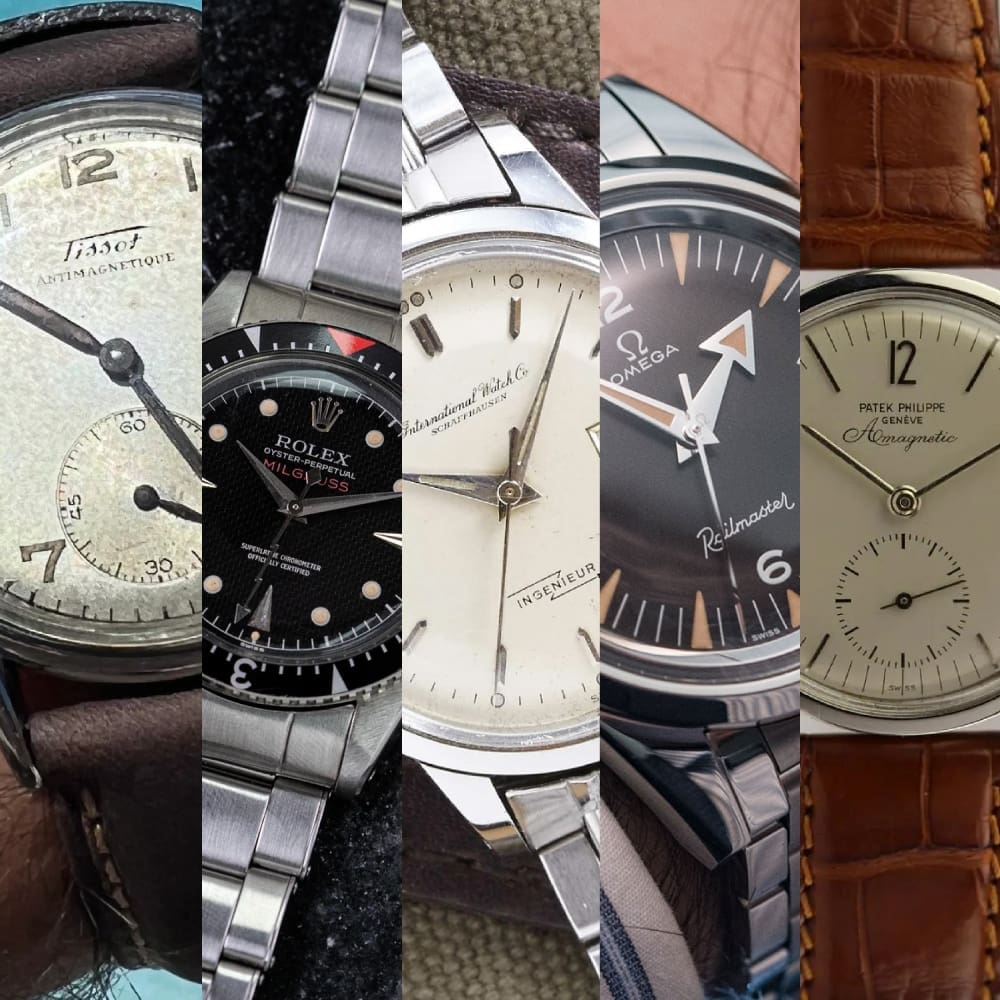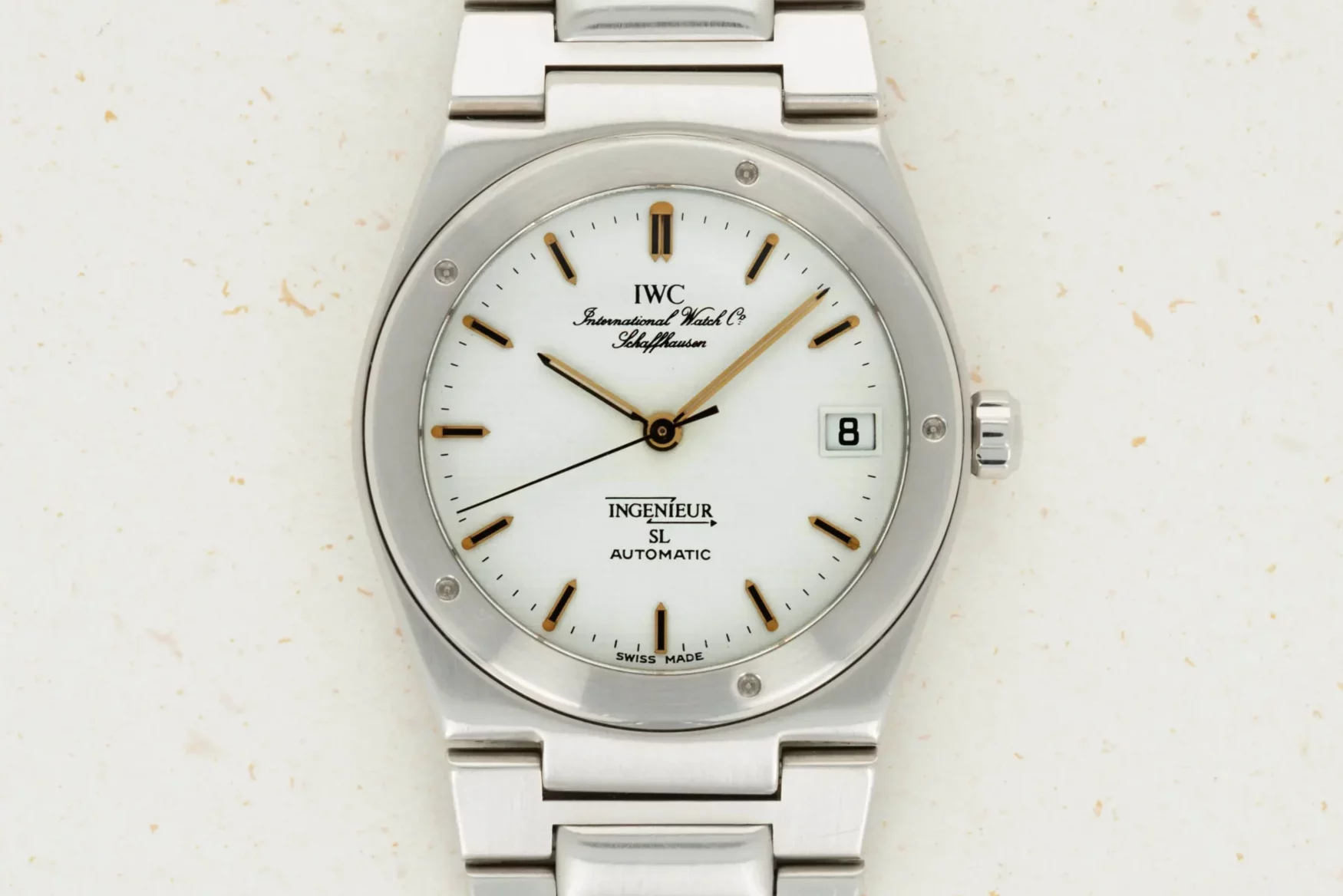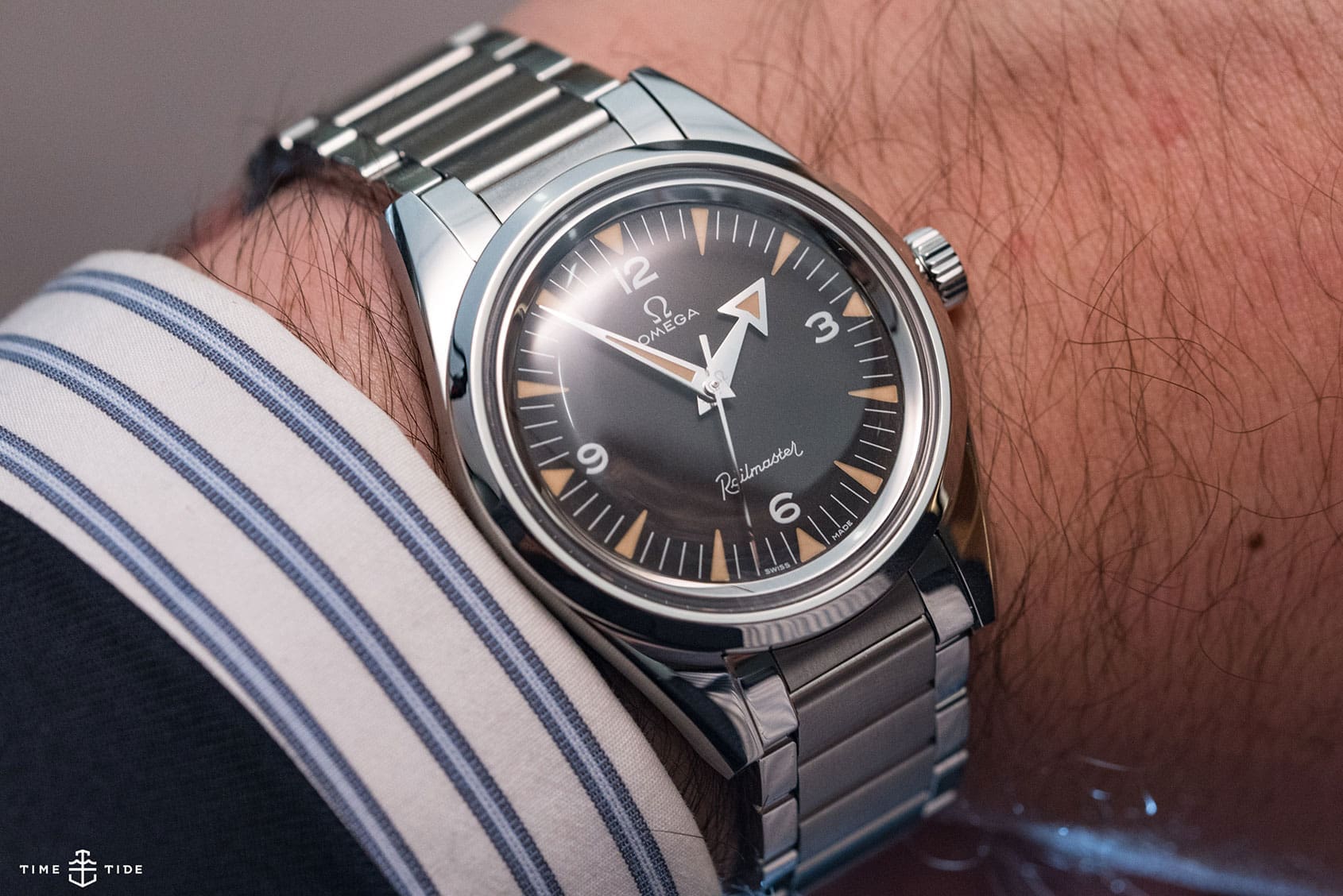5 of the most pioneering anti-magnetic watches
Borna BošnjakMagnetism is the invisible force that threatens your mechanical watch on a daily basis. Something as simple as your iPhone could affect it’s accuracy, which is why many modern accuracy standards, the likes of METAS, subject the movements to highly potent magnetic fields. Nowadays, with anti-magnetic materials and other modern tech, magnetism is not as big of a threat as in the past, and we have the following five anti-magnetic watches to thank. Some of these made a splash in history, and promptly disappeared, merely serving as inspiration for current models, while the legacy of others has been nurtured through the years, with updates to existing designs.
Tissot Antimagnetique
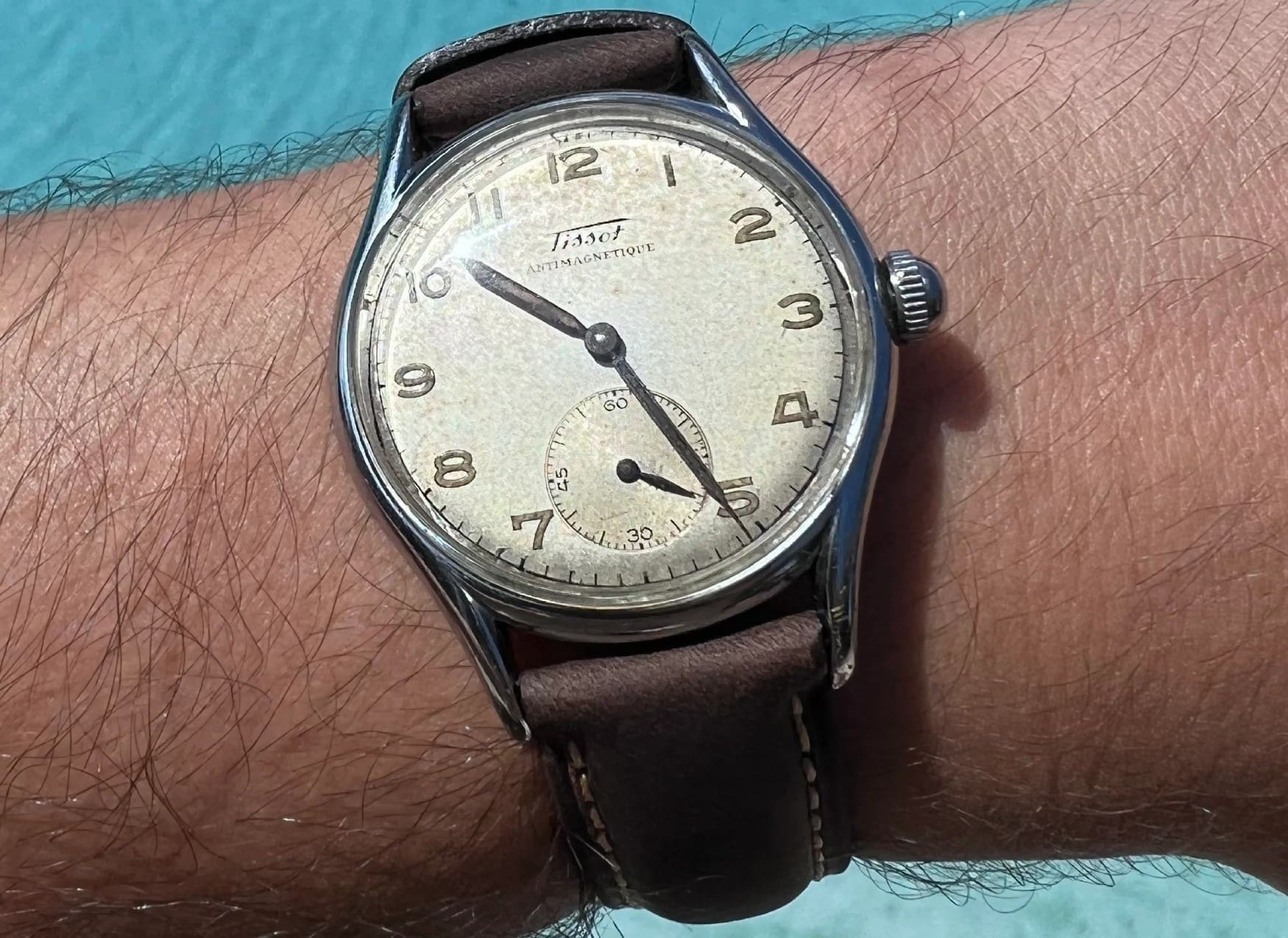
We begin with an unlikely candidate. Nearly a century after the first anti-magnetic experiments by Vacheron Constantin, and 15 years after Vacheron released the first anti-magnetic pocket watch, Tissot entered the fray with this, the 1930 Antimagnetique. To help in its development, Tissot used state-of-the-art equipment, including a chrono-electromagnet, helping this innovation to eventually make its way into all Tissot watches of the period. The Antimagnetique came in many variants, from tiny 31mm pieces to giants of old at 40mm and larger, cased in plated brass and solid gold, initially equipped with the calibre 21.7.
Tissot brought back the Antimagnetique via their Heritage line in 2018, though it eventually had to change its name to the Heritage Petite Seconde. The model unveiled at Baselworld proudly sported ANTIMAGNETIQUE branding beneath the Tissot heritage script, though, it did not feature any modern elements that would make it anti-magnetic, like a silicon balance spring. The name disappeared from the dial, and what we were left with is an oversized vintage re-issue powered by a Unitas movement.
IWC Ingenieur
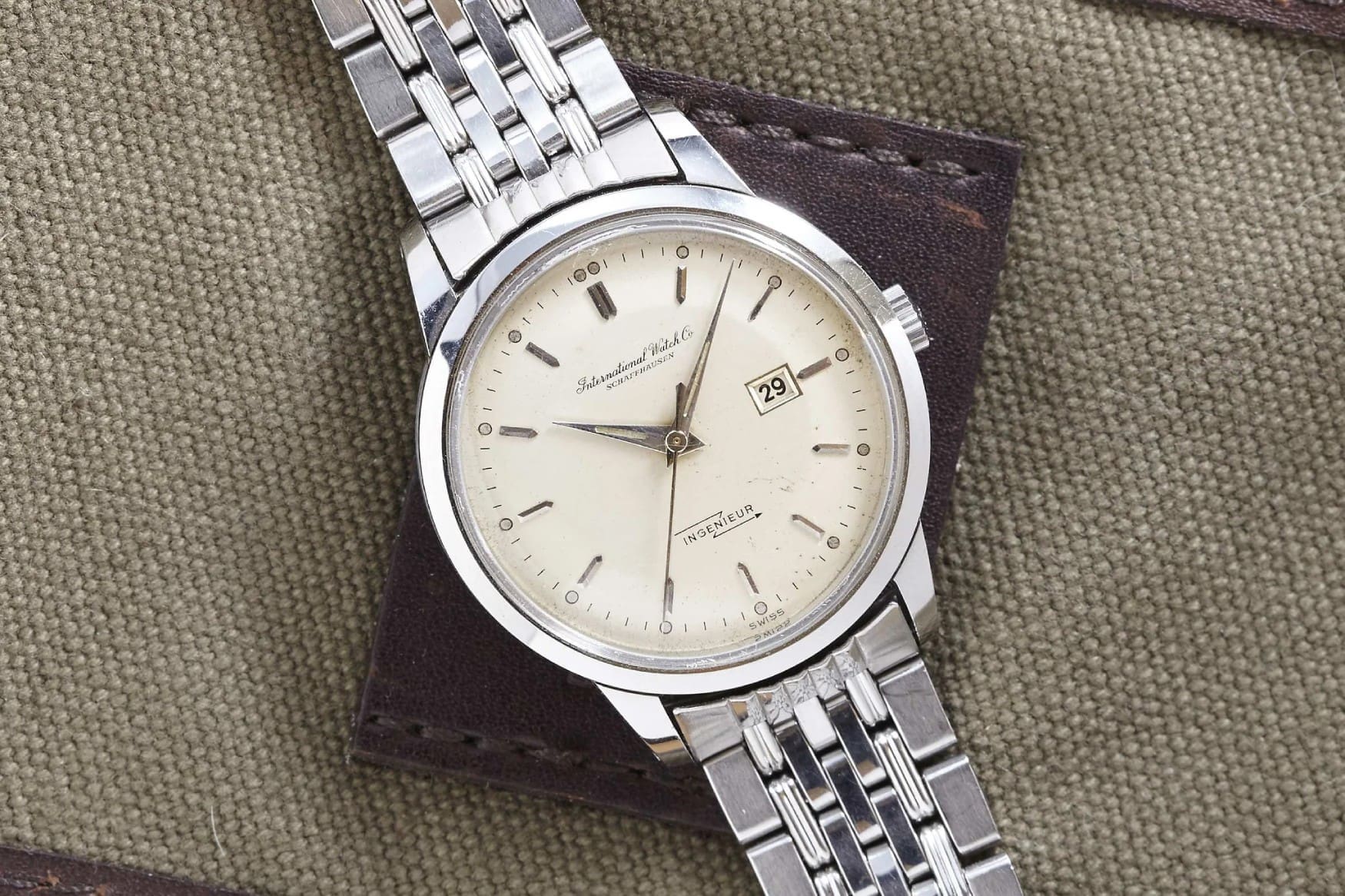
It took others quite a few years to catch up, marking the ’50s as the advent of watch innovation, including dive and antimagnetic watches. The first of the commonly recognised three was the IWC Ingenieur, released in 1955.
The Ingenieur featured an efficient Pellaton winding system, Breguet overcoil and high beat-rate movement that served as marked improvements over the Mark XI that donated its soft iron inner case. With anti-magnetic protection rated to 80,000 A/m, or about 1,000 Gauss, the very first reference doubles the magnetic resistance of the current production model.
The reference 666 was the very first in line, even though the Ingenieur is probably best known for its mid-1980s Genta-designed references like the ref. 3506 or ref. 1832. Although the Ingenieur has gone away from its Genta roots in recent times, bridging the gap between IWC’s Pilot and Portugieser offerings and the Aquatimer line, it does have options like the IWC Ingenieur Titanium 40 for the Genta enthusiast.
Also read how the IWC Ingeniuer turned our very own Matt Pickering into a one-watch guy.
Rolex Milgauss
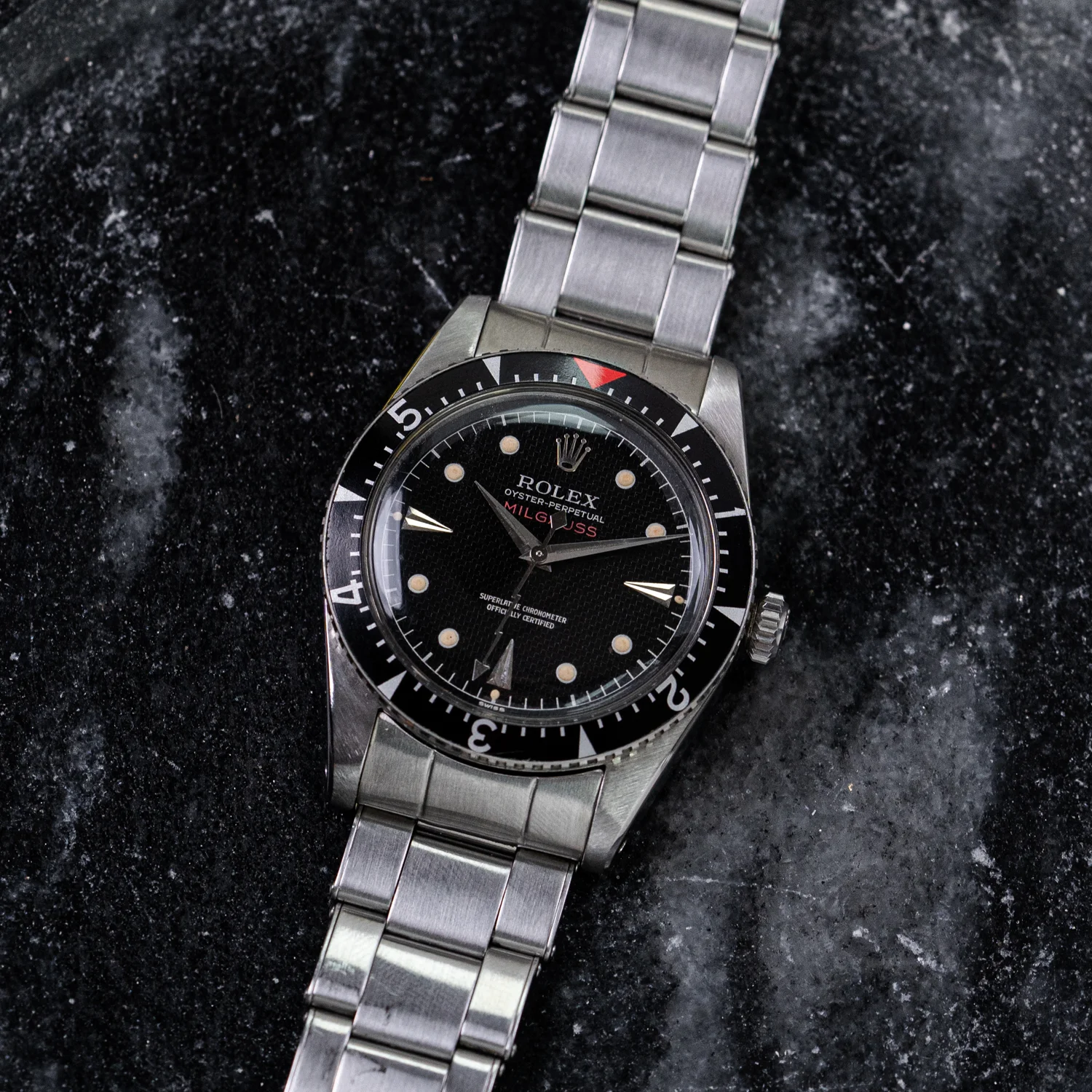
The Rolex Milgauss was the crown’s entry into the world of anti-magnetic watches, developing the 6541 references in 1956, following an initial run of only a few hundred pieces from 1954 as the reference 6543. The signature lightning bolt seconds hand was present from the get-go, as this watch came to be more than a proof of concept, meant to accompany CERN researches with watches that would not be affected by the facility’s magnetic fields. Today, these models are hugely collectible, owing to their low popularity and production numbers upon release.
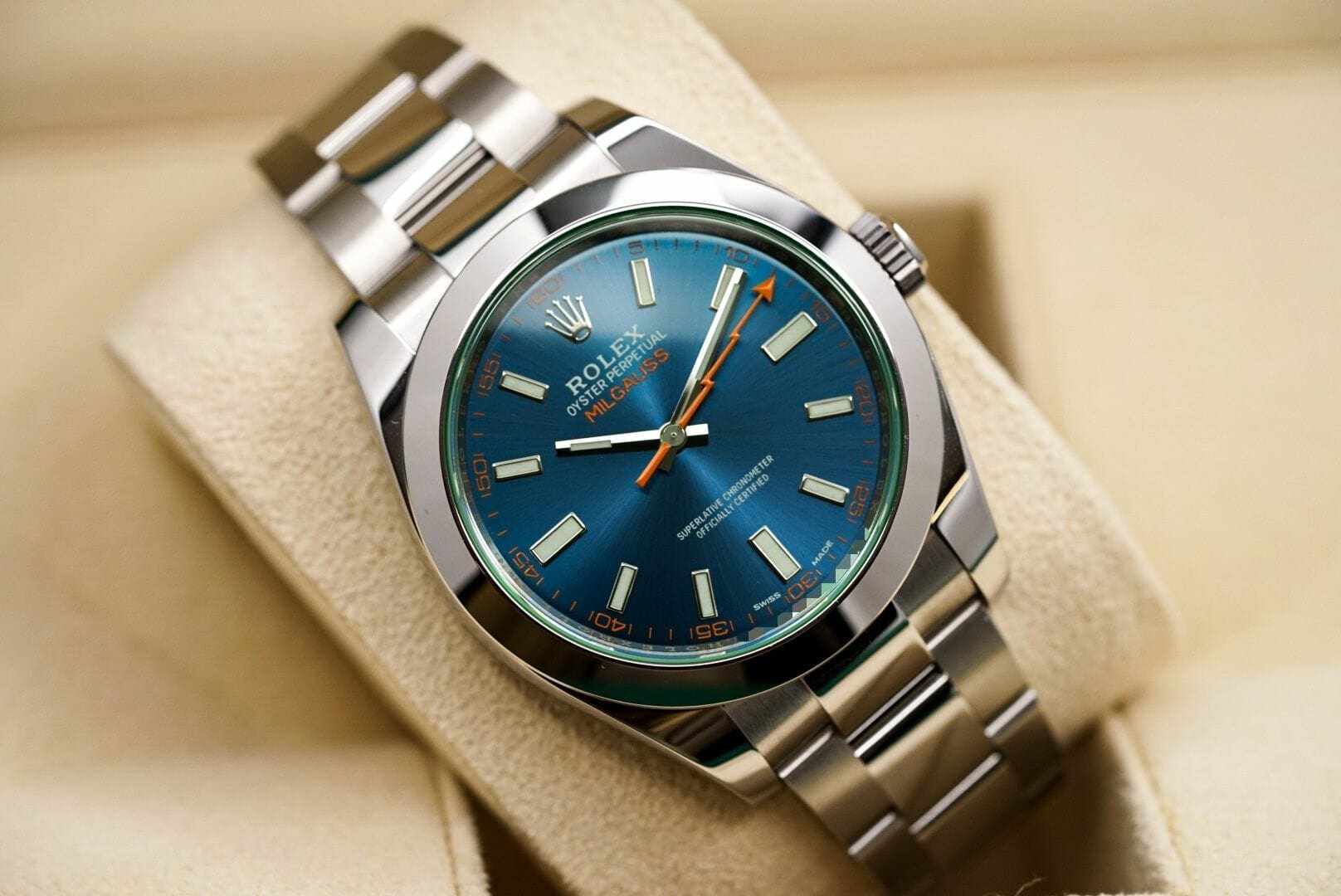
That brings us to the current, still-available Rolex Milgauss. Available with either a black or Z-Blue dial, the Milgauss has long featured on people’s wish lists as the piece that is due a re-design from Rolex. By including a ferromagnetic alloy shield within the case, the Milgauss is able to live up to its name – 1,000 Gauss of magnetic resistance.
Omega Railmaster
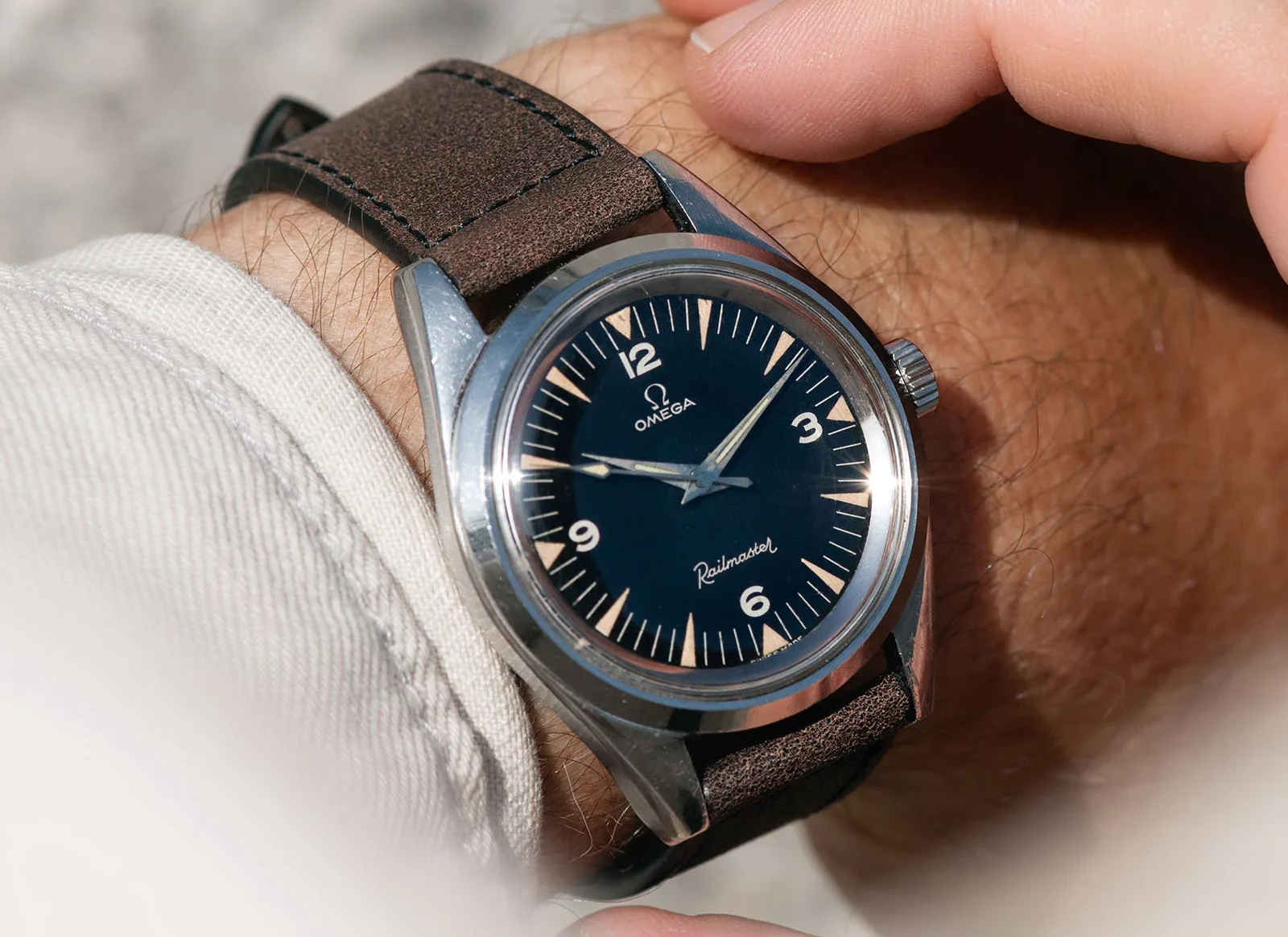
Much like IWC took their anti-magnetic tech from WWII-era pilot’s watches, Omega also made the most of their supply to the RAF with the 1957 release of the Railmaster. Often overlooked as it was the third wheel to an iconic Seamaster and Speedmaster duo, the Railmaster was specifically designed for workers in the railway industry, resistant to 1,000 Gauss, much like its fellow anti-magnetic contemporaries.
Celebrating 60 years since its release, Omega re-introduced the Railmaster as part of the hugely successful 1957 Trilogy series. Though it was dressed up with polishing and sprouted a pair of broad arrow hands as opposed to the slim dauphine number of the original, it stayed true to the Railmaster story, resistant to a huge 15,000 Gauss.
Patek Philippe Amagnetic ref. 3417 and 3418
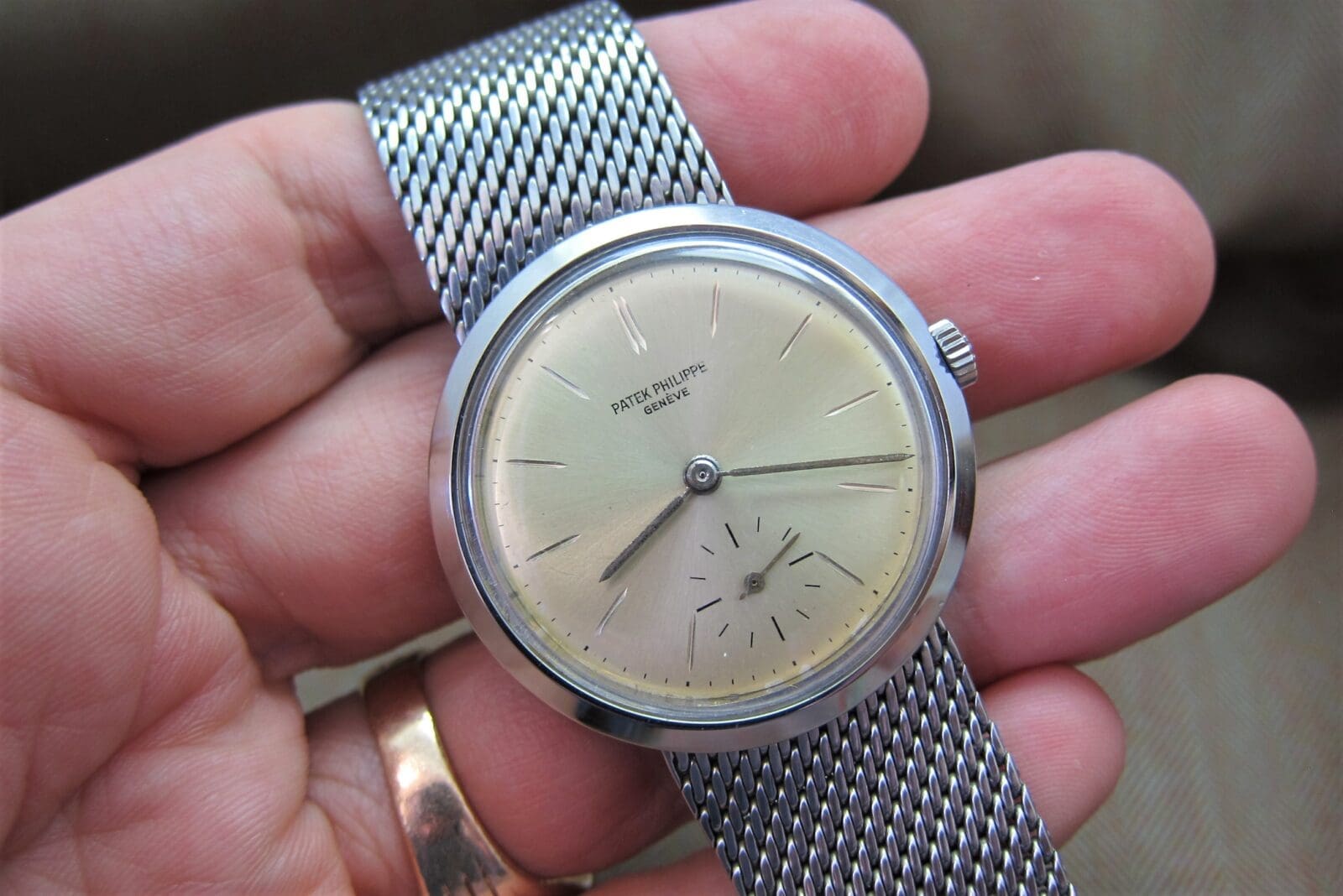
What? A Patek Philippe in a list of anti-magnetic watches, especially one that doesn’t include the Jaeger-LeCoultre Geophysic? Yes, yes. I know. The Geophysic is fantastic, and I hereby acknowledge its existence, but I couldn’t not include Patek’s reference 3417, and it’s lesser-known predecessor, the 3418. Its steel construction and unassuming Calatrava case are a match made in heaven when it comes to vintage Patek Philippe, equipped with the 12”’-400 AM calibre (later the 27 AM). To prevent magnetic interference with the escapement, Patek Philippe manufactured its components in gold or beryllium before casing them beneath a soft iron shield, capable of protecting against fields up to 450 Gauss.
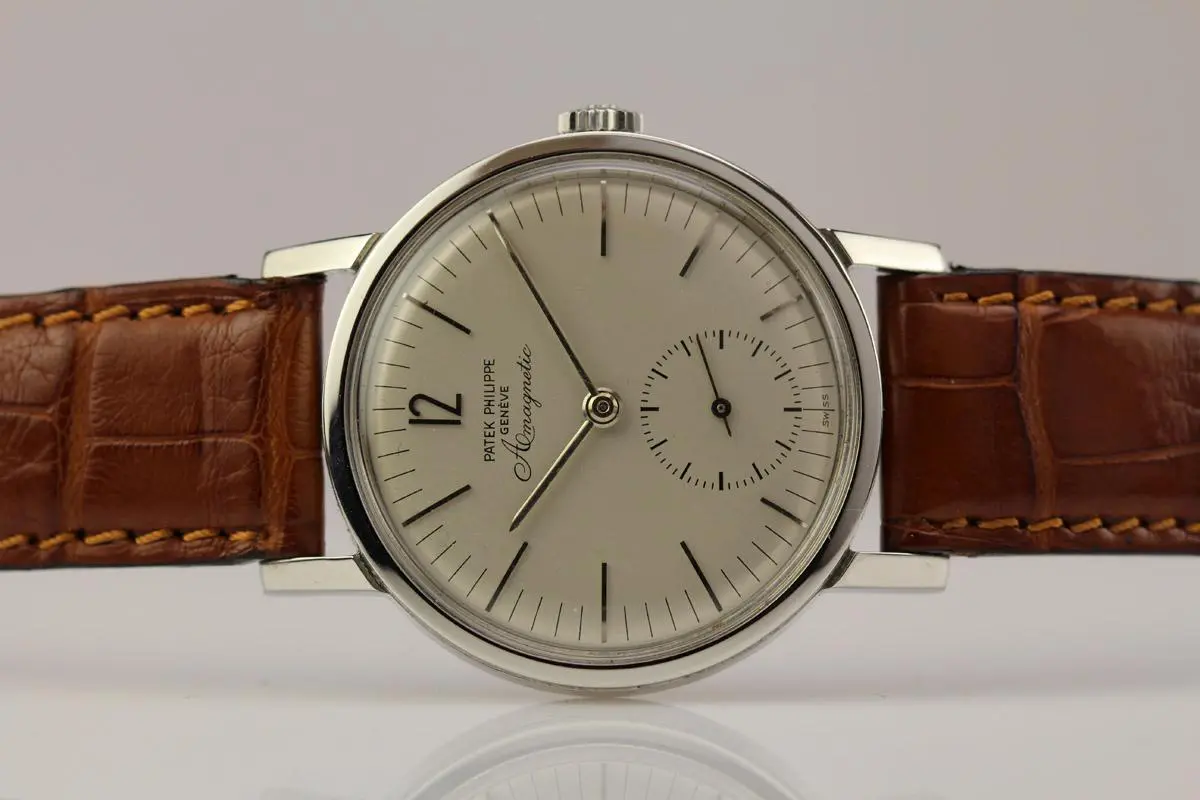
Not only was this Calatrava cased in steel, the cases were also made to be water-resistant and modular – reverting to a lug-less look in order for a bracelet to be fitted. The reference 3417 is certainly the better-known, partly due to the larger production numbers and gorgeous Amagnetic script, while the 3418 never reached 100 examples made, the whereabouts of many being unknown today.
These two references, however, were not the only Patek Philippe models marked with the Amagnetic insignia. Other Calatravas, such as this ref. 2570/1 in yellow gold (also double-signed Gübelin), ticked away with the AM-designated calibres with precious metal escapements. There are also examples of the steel ref. 2509 with Amagnetic dials, though of the two known, one sports a 3417 reference service dial.




